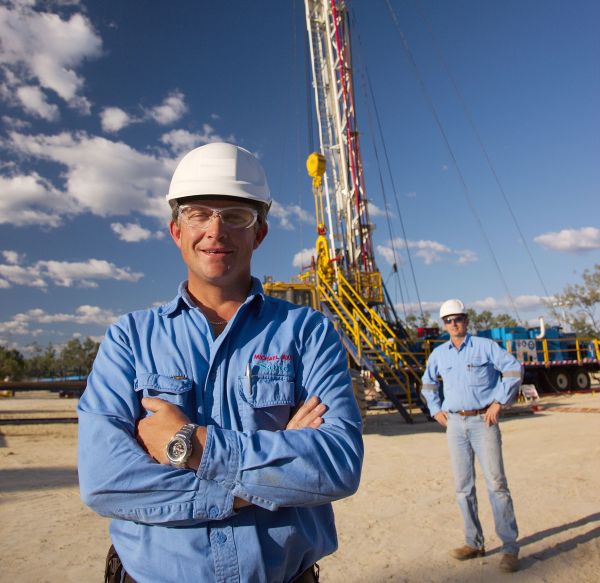29 Jun 2014

The giant Ichthys liquefied natural gas (LNG) project is doing the heavy lifting for the Northern Territory economy.
Construction of the $34 billion project is the main reason the Territory boasts Australia’s fastest economic growth rate – 8 per cent last year, according to the Australian Bureau of Statistics.
As the recent NT budget confirms, other sectors such as housing, retail, transport and manufacturing are all benefitting from the billions invested in Darwin’s biggest-ever construction project.
But the budget also contains a warning for Territorians – expect much-slower economic and employment growth when Ichthys transitions from construction to production in 2016.
The project will remain a huge positive for decades to come as its operations and maintenance expenditure underpin the local economy. But its construction workforce of 4000 will fall to just over 700 full-time workers. New job generators are needed.
In the circumstances, you would think a new industry in the Territory would be welcome, especially when it has the potential to revitalise regional centres, provide much-needed opportunities for indigenous communities and become an important source of new revenue for future governments to spend on hospitals, schools and roads.
And even more so when that industry is proving to be an effective and affordable means of achieving meaningful global greenhouse gas reductions.
That industry is shale gas.
According to some credible estimates, the Territory may contain more than 260 trillion cubic feet of shale gas – enough to meet Australia’s current domestic needs for hundreds of years. Exploration will give us a clearer picture.
But the realisation of this opportunity cannot be taken for granted. Groups ideologically opposed to the oil and gas that produce the fuel and energy we use every day are determined to make sure the drilling rigs – and jobs – stay away.
Let us be frank, many of the industry’s so-called opponents are indeed opposed to any form of growth – it just happens to currently be oil and gas.
A scare campaign based on hydraulic fracturing is being waged across the Territory, by people determined to stop the further development of the oil and gas sector.
Hydraulic fracturing involves the injection of water, sand and small traces of chemicals at high pressure deep underground, creating tiny cracks in the target shale rock formations which allow the gas to flow to the surface.
This is a proven and highly-regulated technology that has been used for more than 65 years in more than 2.5 million wells worldwide, including more than 1500 in South Australia, Western Australia and the NT.
And the NT Government is laying a solid and sensible foundation for the development of a shale gas industry by investing in early stage geoscience research and by reforming its regulatory regime to reflect international best practice.
Its decision earlier this year to establish an independent inquiry into hydraulic fracturing shows it is also serious about addressing the concerns of Territorians who want reassurance that shale gas is safe.
The inquiry is an important opportunity to counter the misinformation infecting much of the current community debate. Facts not fear must ultimately guide the industry’s development.
Some opponents will never be convinced. They choose to ignore the views of credible organisations such as the Australian Council of Learned Academies which say a properly regulated shale gas industry poses a low risk of aquifer contamination.
Sensible Territorians should reject the scare-mongering and let the inquiry run its course.
The reward may well be a new natural gas industry delivering much-needed jobs and investment that will benefit all in the community.
This blog post was first published as an opinion piece in the Northern Territory News on 18 June.

